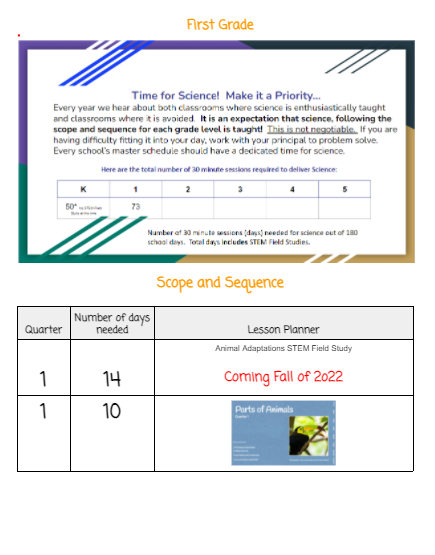 Looking for great sentences starters for encouraging students to engaging in argument from evidence (SEP7) AND obtaining, evaluating, and communicating information (SEP8)? This two page document is a great resource for helping students communicate and ways to figure things out.
Looking for great sentences starters for encouraging students to engaging in argument from evidence (SEP7) AND obtaining, evaluating, and communicating information (SEP8)? This two page document is a great resource for helping students communicate and ways to figure things out.
Suggestions for use:
1) Print out a set for groups, while students are evaluating peers, encourage them to use the sentence starters in "How we communicate" as questions, notices, and wonders.
2) As students move through a scope or kit, encourage them to use the symbol as a note taking strategy. Is there something they have a questions about, or do they need to remember to give evidence and do not want to forget?
3) As the instructor, use the sentence starters as a way to model good questions, or wonders. "Are you saying _________" or "That idea makes sense to me because....."
Do you have a suggestion for ways that this resource can be used, feel free to leave a comment below.
Communication in Science- Link






